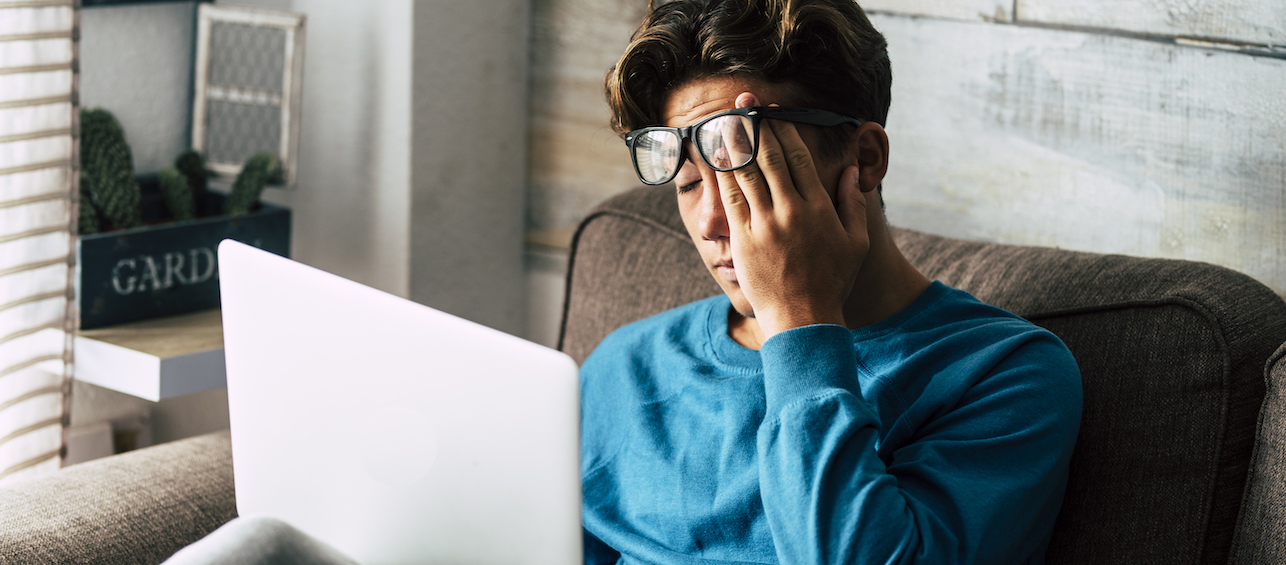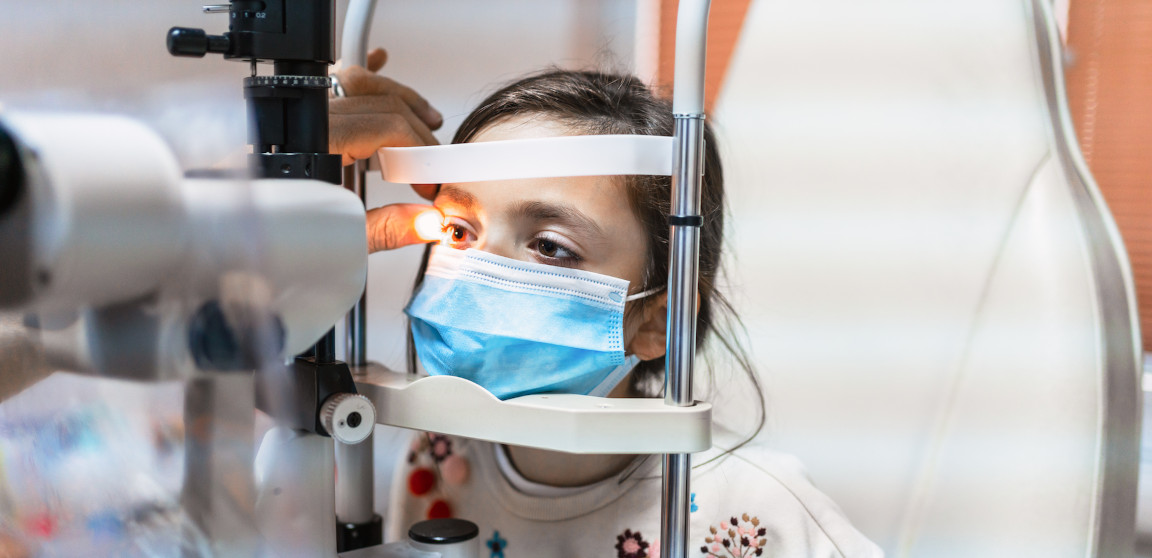By now, most parents are aware that as kids spend more and more time on screens, there is continuing concern for not only their overall development, but their eyesight as well.
According to the American Academy of Child and Adolescent Psychiatry, kids ages 8-12 spend about 4-6 hours a day on screens, and that stat goes even higher for teens.
The reality is that digital devices have become a part of our daily lives, and avoiding them completely would be nearly impossible — especially for school-aged children. So, what can parents do?
As a pediatric optometrist, I suggest to my patients’ families that we find a happy medium.
Setting Screen Time Limits
If they’re in school, children should interact with screens when required, and then limit their daily recreational screen use at home to under two hours. Kids not yet in kindergarten should have minimal screen time and babies 1 year or younger should ideally not interact with screens/electronic devices at all. That said, it’s okay for distant relatives to have virtual visits with the new additions to the family, but parents need to be involved in this screen interaction and it should be limited to less than an hour per day. These recommendations are consistent with the American Academy of Pediatrics.
The Effects of Too Much Screen Time
Setting screen time limits not only helps kids to spend more time outdoors and socialize, but it also promotes better eye health. Too much screen time can cause the following symptoms:
- Dry eye
Too much screen time causes dry eye because staring at a screen decreases our blink rate. When our eyes aren’t blinking as much our tears are evaporating more, which means the front surface of the eyes aren’t lubricated enough. It can be more problematic in adults, but dry eyes can cause symptoms of blurry vision.
- Eye fatigue
The eyes work like a muscle. When kids watch screens at a close distance, the eyes have to work much harder. It’s like a high-intensity workout. Kids may complain about headaches and eye discomfort.
- Myopia (nearsightedness)
While too much screen time doesn’t necessarily cause nearsightedness, the two are related. This is because when kids are on screens, they’re typically using them indoors, and time outside in ambient levels of sunlight is protective against the development of nearsightedness. With the rate of nearsightedness dramatically increasing in kids over the last several decades, it’s critical for kids to get outside (while wearing sunglasses and sunscreen, of course).
Fortunately, with the exception of nearsightedness, the symptoms associated with increased screen time should resolve once kids put down their electronic devices.
What to Do About Kids’ Screen Time
In addition to setting screen time limits, parents can encourage kids to do the following things to reduce symptoms:
- Take breaks
We recommend the 20-20-20 rule. Every 20 minutes, look at something 20 feet away for at least 20 seconds. Remember that when we look at something close, it makes our eyes work harder. Taking breaks can help with both eye fatigue and dryness. - Change their screen settings
One of the reasons screens are so taxing to the eyes is because of the brightness and contrast. You can help with this by lowering the brightness on their screens. You can also use a nighttime filter, which will decrease the amount of blue light produced by electronic devices. - What about blue blocking lenses?
Studies on the long-term effects of blue light are still ongoing, and the American Academy of Ophthalmology does not currently endorse the use of blue blocking lenses for patients. However, exposure to blue light from screens may impact both sleep quality for kids and adults that use screens close to bedtime. This is because the eyes and brain interpret blue light similarly to sunlight, unlike typical lights in our home that don’t have blue wavelength light, and this can throw off a person’s sleep cycle. We recommend avoiding screens a couple of hours before bedtime. Other suggestions to decrease eye strain include adjusting the room lighting, increasing the contrast on the device or trying a glare-reducing filter. - Use a bigger screen
The smaller the screen, the harder kids’ eyes have to work, which means more eye strain. Moving from a phone or tablet to a desktop or laptop — or even a TV screen — would be better. If that’s not possible, at least have kids hold screens farther away so that the eyes don’t have to work as hard.
If there are persistent dry eye, eye pain, or vision concerns, a pediatric optometrist or ophthalmologist can asses your child’s eye health and vision system.
To learn more about pediatric optometry services at Cincinnati Children’s, visit our Division of Ophthalmology or call 513-636-4751.






